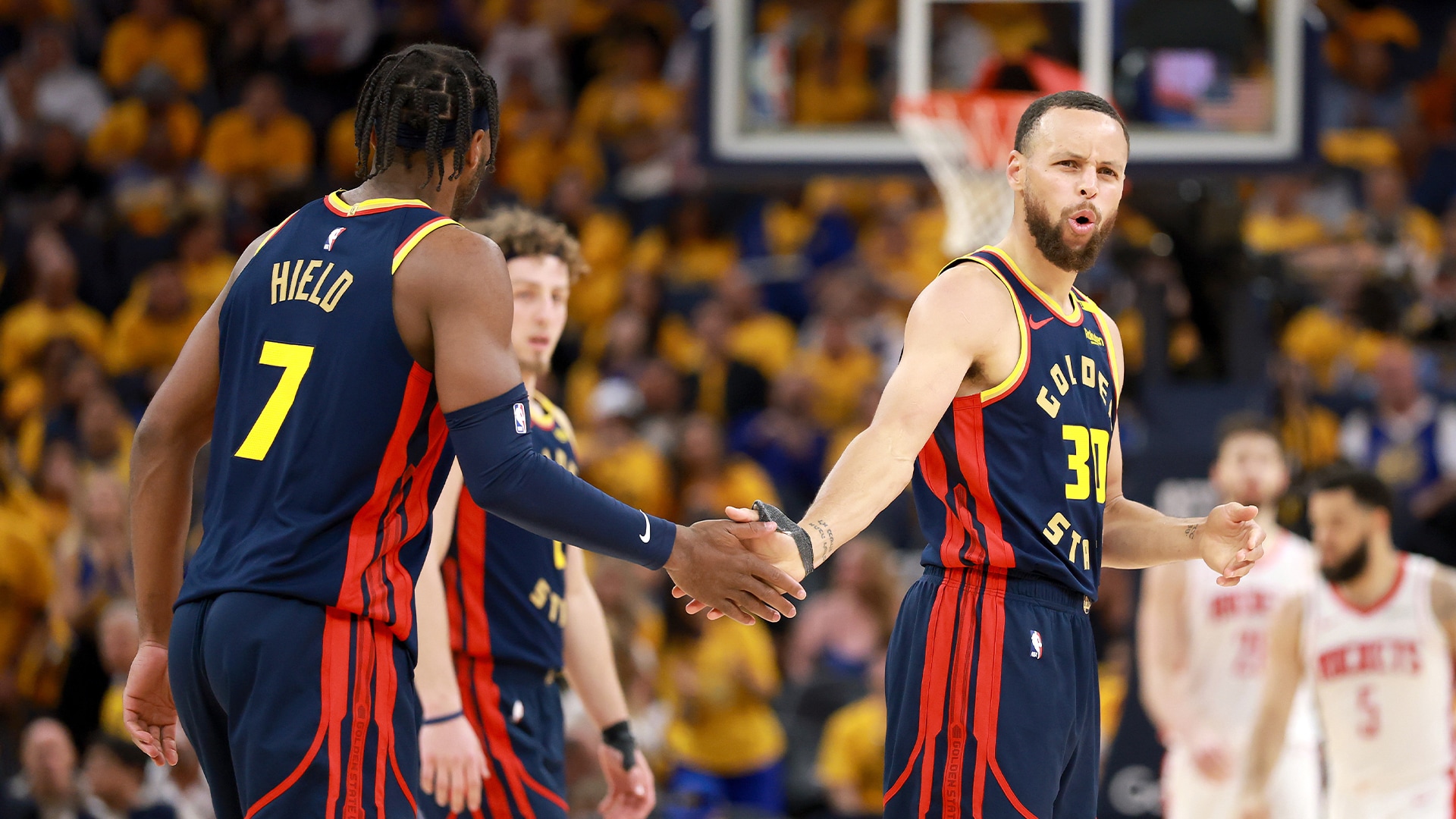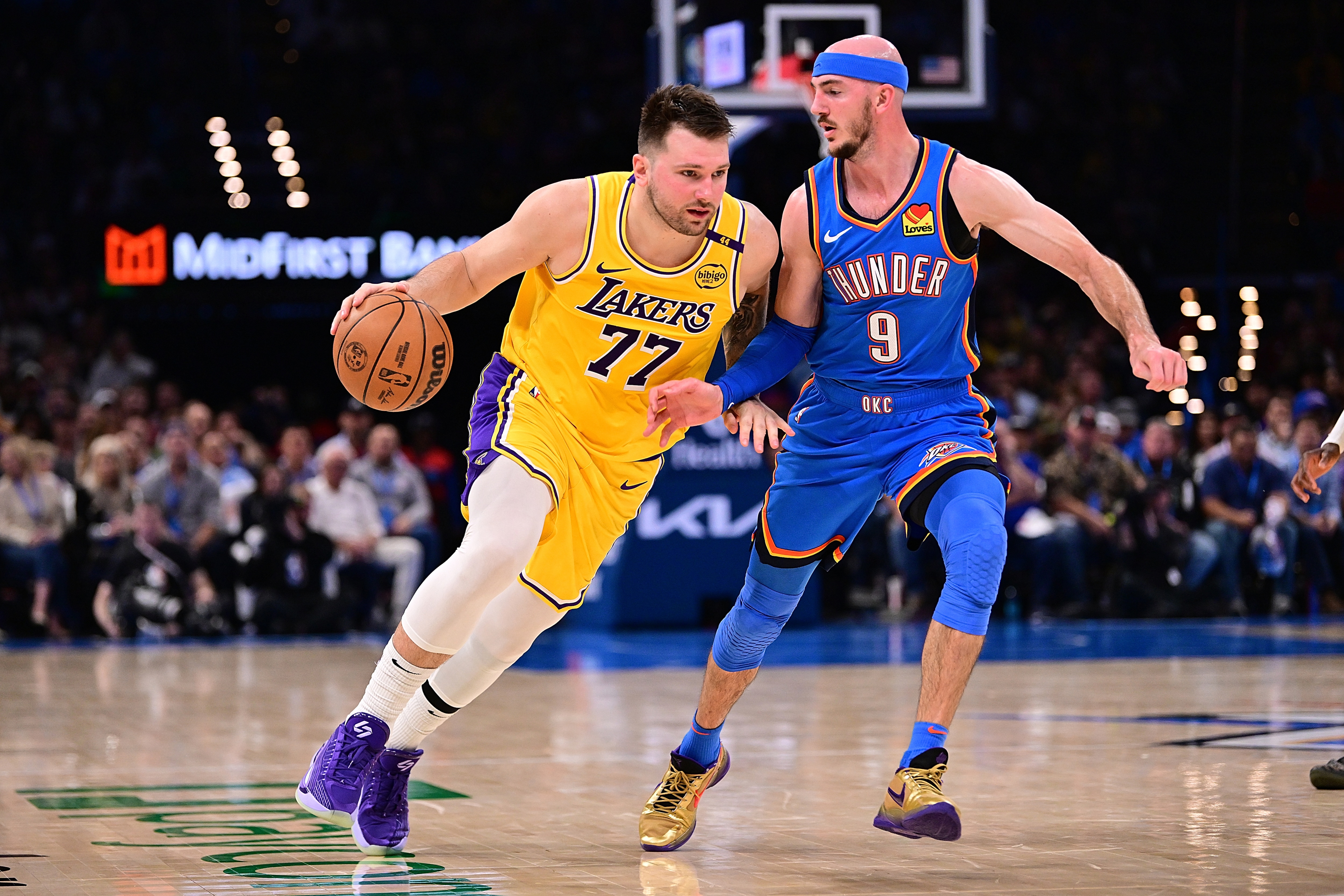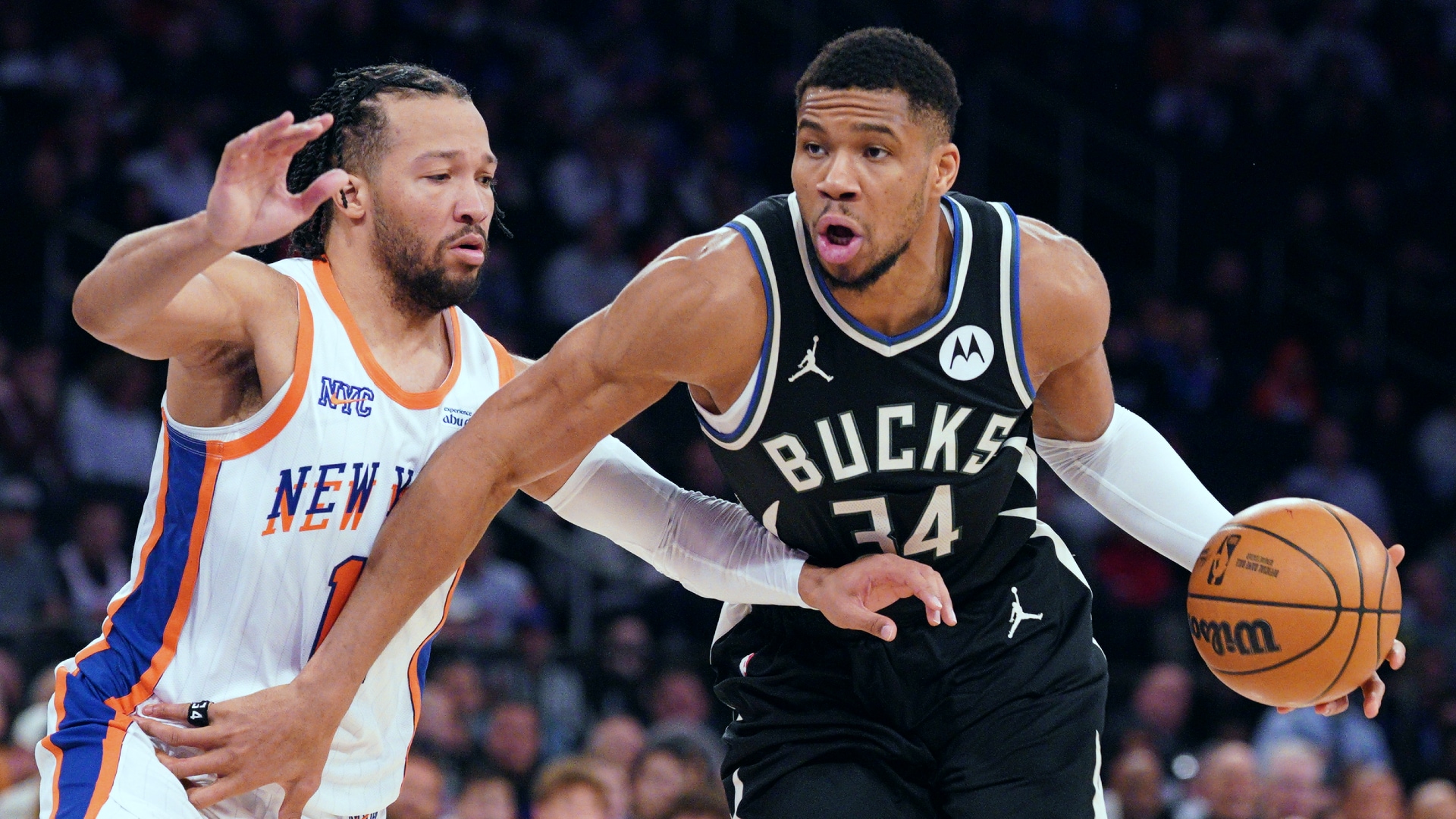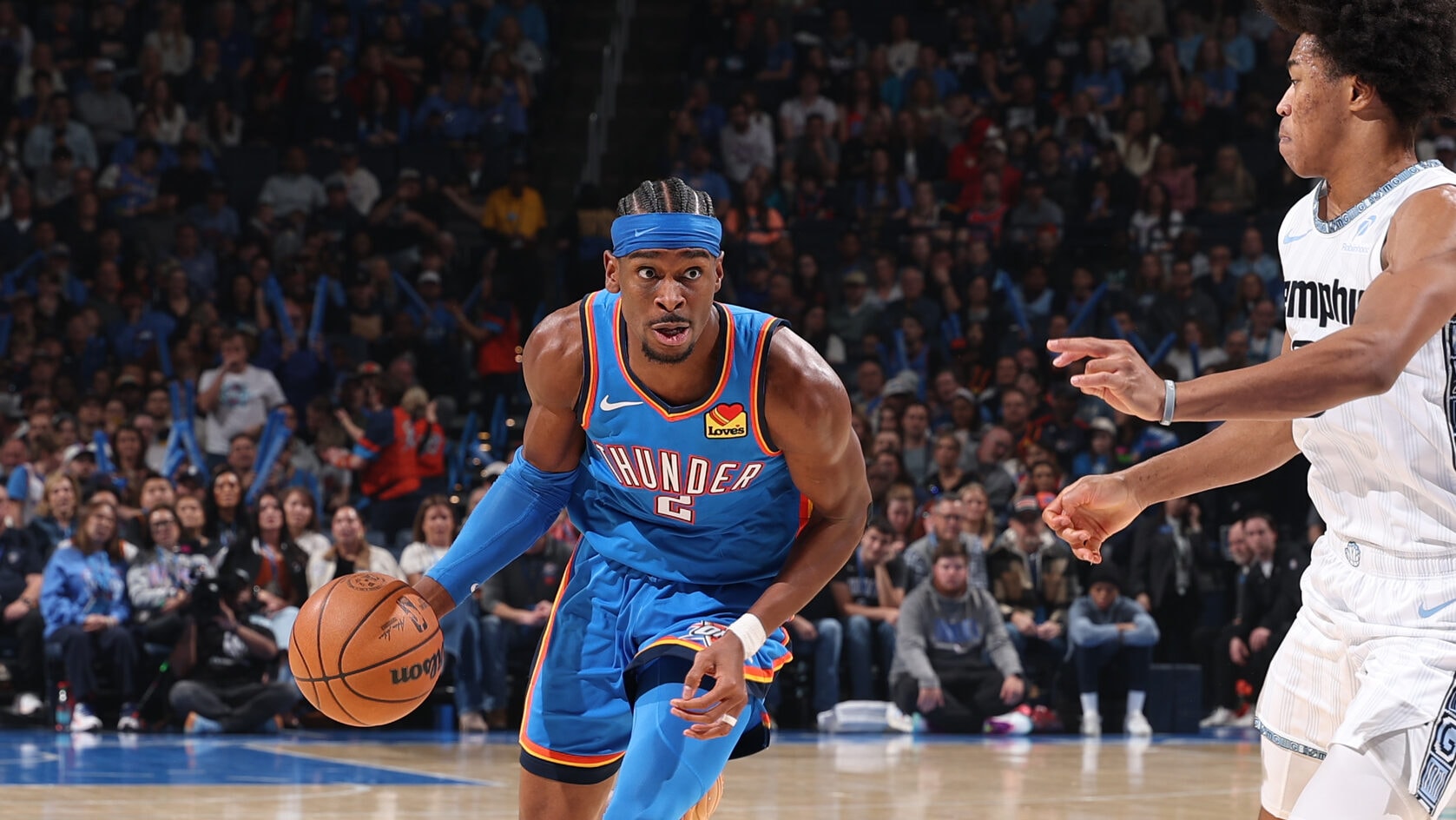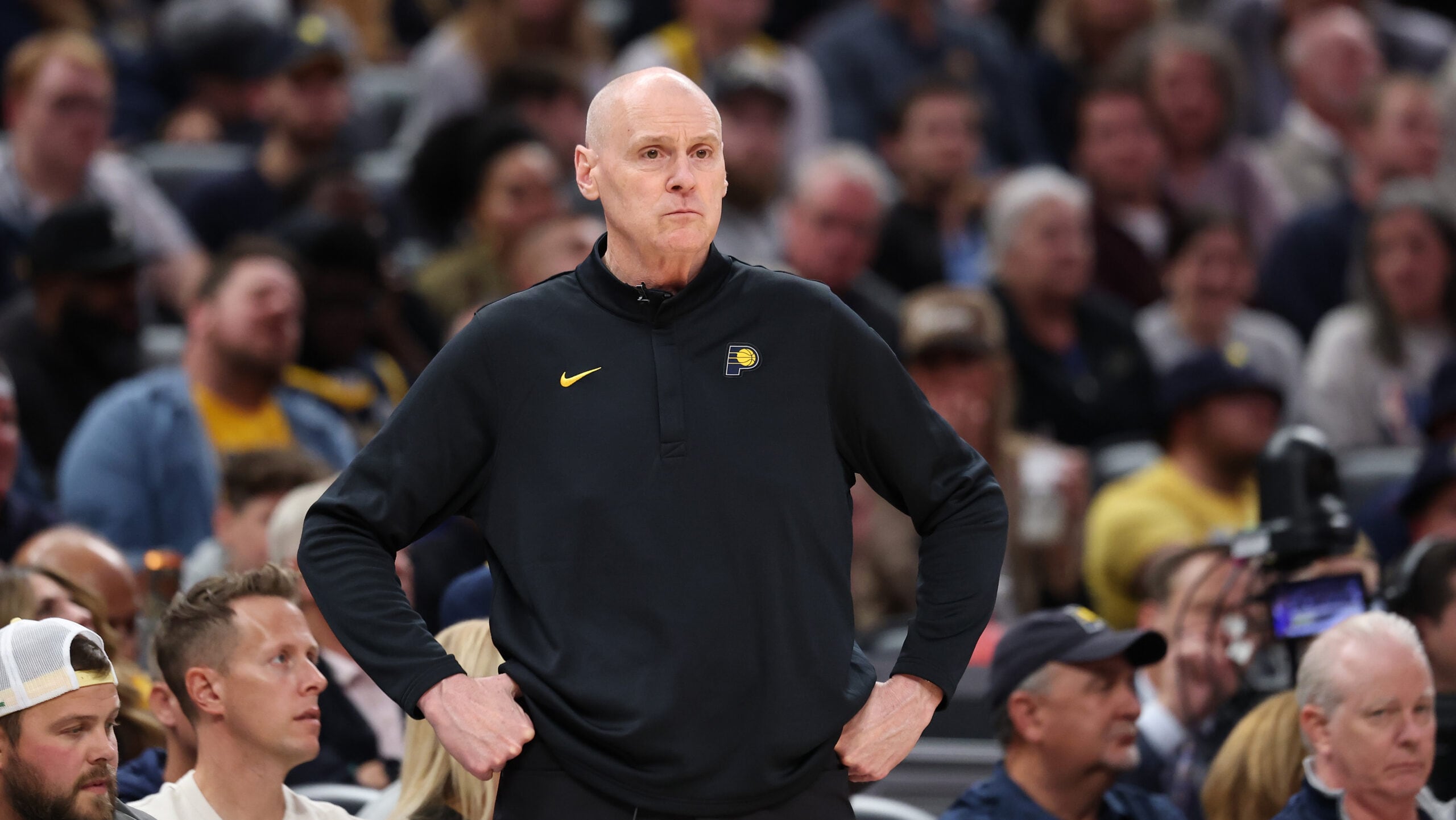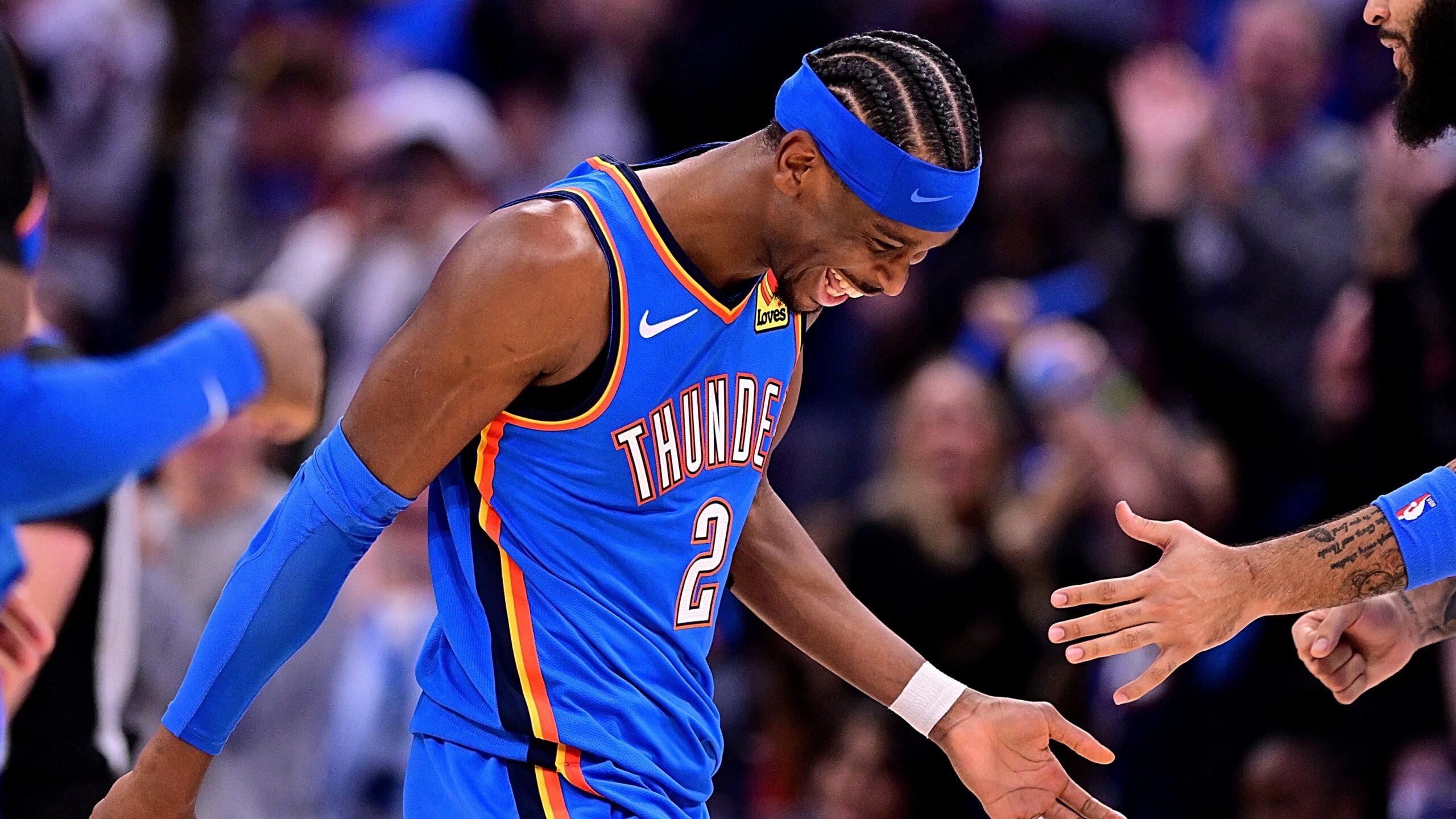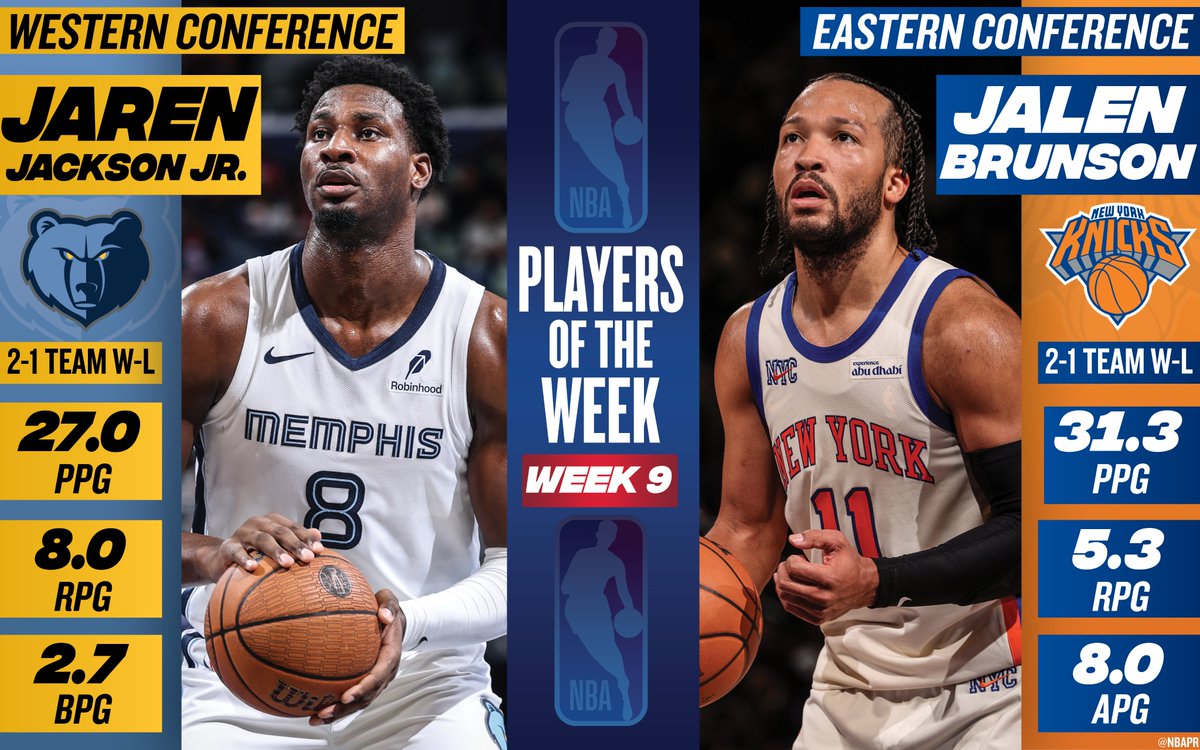High Score Draft Strategy Tips
Catch up on some key tips and tricks when drafting for Yahoo's new High Score fantasy basketball game.
Welcome to Yahoo’s High Score fantasy basketball. If you’ve been playing fantasy hoops for a while, get ready to unlearn some old habits. This game isn’t about nightly grind and steady production; it’s about chasing peak performances and embracing the fun and chaos of the NBA week.
You can learn more in my High Score 101, but the rules are simple: your weekly score is calculated using only the single-best fantasy performance from each of your six starters. That’s it. A player can have three bad games and one amazing game, and you only get the points from the amazing one. This changes everything.
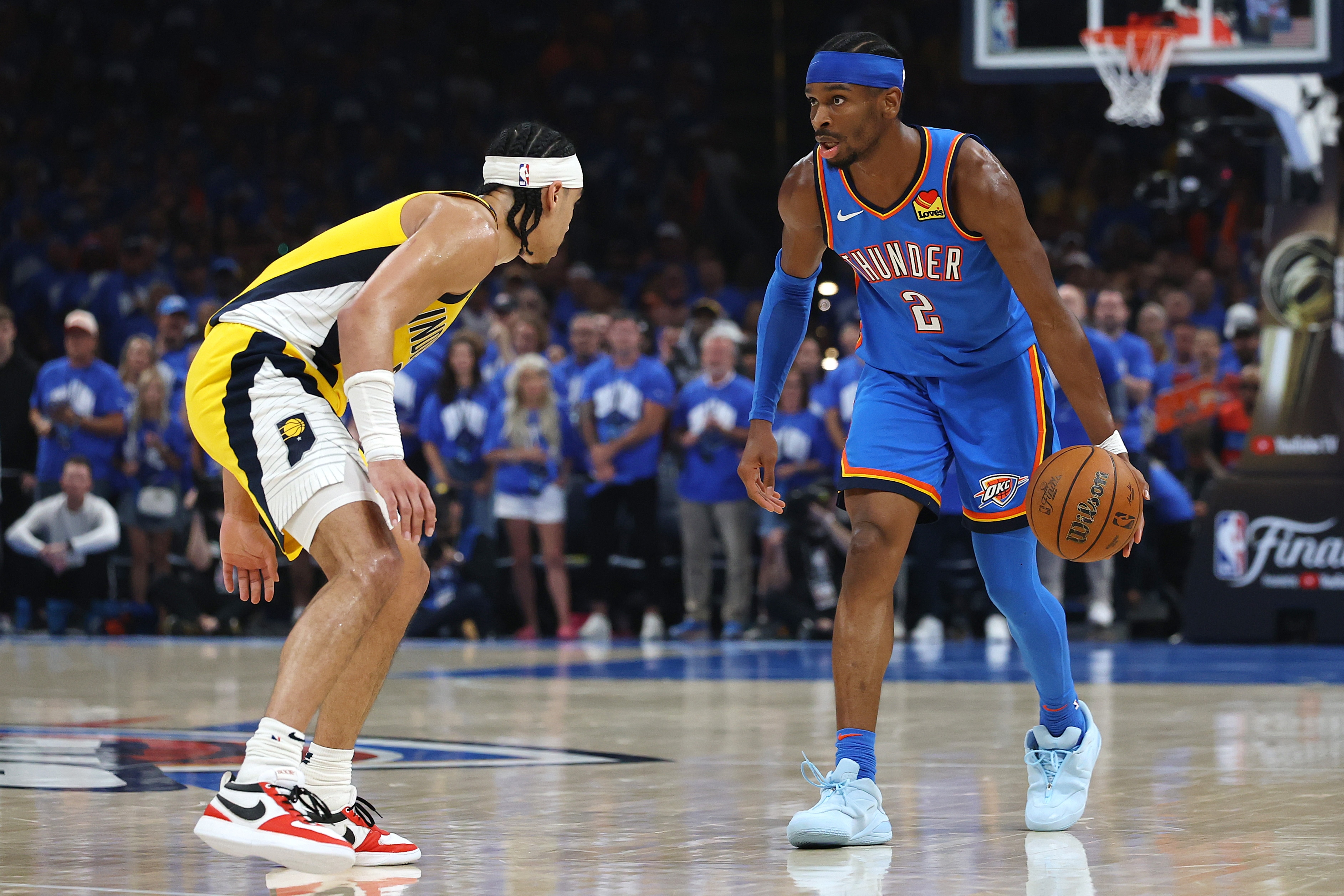
Shai Gilgeous-Alexander finished 2nd in total fantasy points last season.
Now, let’s explore tips to help you in your High Score drafts — I also have in-season strategy when you’re ready to dive deeper.
As a reminder, the High Score scoring format is as follows:
- Points: 1 point
- Rebounds: 1 point
- Assists: 2 points
- Blocks: 3 points
- Steals: 3 points
And here’s how the starting lineup breaks down:
- Guard
- Guard
- Frontcourt
- Frontcourt
- Frontcourt
- FLEX/UTIL
There are also four bench spots.
Maximize lineup flexibility
With High Score’s streamlined and positionless format, there are just two guard spots, three frontcourt spots, and a single flex/utility slot. There’s no need to worry about filling every position (PG, SG, SF, PF or C) like traditional fantasy basketball formats. This gives you way more freedom to build your lineup your way — whether you want to stack up on guards, bulk up on versatile forwards, or mix and match based on your favorite draft strategy. Or, better yet …
Target players with positional advantages
Drafting players with both guard and frontcourt eligibility is a savvy move in High Score. With only 30 of these versatile options available within the top-150, you get the freedom to easily adjust your lineup when injuries or rest days pop up. Here’s the list of players with dual eligibility whom I’d target:
- Scottie Barnes
- Jaylen Brown
- Amen Thompson
- Desmond Bane
- Josh Hart
- Dyson Daniels
- Paul George
- Cam Thomas
- Brandon Ingram
- Bennedict Mathurin
- Devin Vassell
- Shaedon Sharpe
- Norman Powell
- Andrew Wiggins
- Bradley Beal
- Christian Braun
- Ayo Dosunmu
- Nickeil Alexander-Walker
- Bilal Coulibaly
- Jaylen Wells
- Quentin Grimes
- Kyshawn George
Prioritize these players on draft day for an additional edge in High Score.
1. Guards just got a major glow-up
Let’s start with one of the biggest changes you need to know: guards are more valuable than ever. The scoring updates in High Score are a massive boost for playmakers and perimeter defenders. Assists are now worth a full 2 points each, a big jump from the previous 1.5, and turnovers no longer deduct points. This is a game-changer.
This scoring tweak turns high-assist guards into prized fantasy assets. Trae Young and Cade Cunningham — two high-assist, high-turnover guards — are even better in High Score. But it doesn’t stop there. Steals are worth a hefty 3 points, and guards tend to rack up steals at a higher rate than most frontcourt players. So, a guard who drops between 6-10 assists, plus a steal and no turnovers to worry about, is already giving you a huge point boost before you even count their points and rebounds.
This doesn’t mean you should ignore big men entirely. In fact, it makes certain types of frontcourt players even more valuable. Guys who are the hub of their offense, like Paolo Banchero, Domantas Sabonis or Alperen Sengun, also get a bump in High Score. Your draft plan should prioritize these assist-heavy players, whether they bring the ball up the court or facilitate from the high post.
2. Hunt for weekly winners, not consistency
In other formats, a player who misses a game or two can be a weekly disaster. That fear leads to players with injury risk, like Joel Embiid, sliding down draft boards. In High Score, that risk practically vanishes.
Since you only need one great game from a starter each week, “load management” and minor absences become far less concerning. Think about Embiid. He averages over 50 fantasy points per game when he plays, but his availability concerns often push him beyond the fifth round in traditional drafts. In High Score, he’s a first-round talent, no question. All you need is one of his signature dominant performances per week to get elite production from that roster spot. He can play once, drop a 50-burger, and you’re set for the week.
This mindset applies throughout the draft. Look for players who have week-winning potential. Jalen Green is a perfect mid-round example. He’s known for being inconsistent, but he’s also capable of erupting for a massive scoring night at any moment. In other formats, his duds would frustrate you. Here, you only care about the peak. One 40-point game is all it takes to make him a valuable asset. Your goal is to build a roster full of players who can go off, not just show up.
3. Steer clear of traditional, low-ceiling centers
They are reliable, night-in and night-out contributors who grab rebounds and block a couple of shots. In many fantasy formats, they provide a stable floor. In High Score, the Rudy Gobert types aren’t as valuable.
The scoring system devalues one of their primary contributions: rebounds are now worth just 1 point compared to 1.2 previously. While Gobert might have a spike game with 20+ rebounds or four blocks, the overall offensive game for traditional frontcourt players is limited. You generally know what you’re getting — a low-end double-double. That predictable production just doesn’t move the needle in a format where you’re chasing explosive point totals.
Focus on bigs who are more involved in the offense or who contribute across multiple categories, not just the traditional big-man stats. Let someone else in your league draft these “safe” centers.
4. Cash in your late-round lottery tickets
High Score features smaller rosters (10 players in total, including four bench spots), which might seem restrictive, but it actually gives you incredible freedom in the later rounds of your draft. You don’t need to waste those final picks on safe, low-upside players just to fill out your roster. Instead, it’s time to go big-game hunting.
Use your late-round picks to swing for the fences. Target volatile players who have the potential for spike performances. Rookies with a clear path to scoring, like Wizards rookie Tre Johnson, are my ideal targets. He might be inconsistent early on, but his role is expected to grow, and he has the talent to deliver a 30-point game out of nowhere.
The beauty of this strategy lies in its low-risk nature. If your lottery ticket doesn’t pan out, the short bench makes it an easy decision to drop him for a hot player on the waiver wire. You’re not tied to your late-round picks. Take a chance on a player who could have a few huge weeks. Those are the swings that can separate you from the rest of the league.
5. Don’t sleep on the stocks (steals and blocks)
While chasing points and assists is crucial, don’t forget about the defensive side of the ball. Steals and blocks — affectionately known as “stocks” in fantasy basketball — are both worth 3 points apiece. These stats can be random, but they add up quickly and can be the difference in a close matchup.
Prioritizing players who contribute on both ends of the floor is a savvy move. Guards who are elite defenders, like Derrick White, are incredibly valuable. He can fill up the stat sheet with points and assists while also adding a couple of steals and a block, providing a well-rounded and high-scoring fantasy line.
In the frontcourt, look for versatile defenders who can do a bit of everything. Players like the Amen Thompson and Ausar Thompson are great examples. They have the athleticism to block shots and the quick hands to rack up steals, giving you multiple avenues to score fantasy points. If you miss out on some of the top-tier offensive stars, pivoting to elite defensive players is a fantastic way to build a competitive and balanced roster, should you miss out on some of the high-volume scorers.
